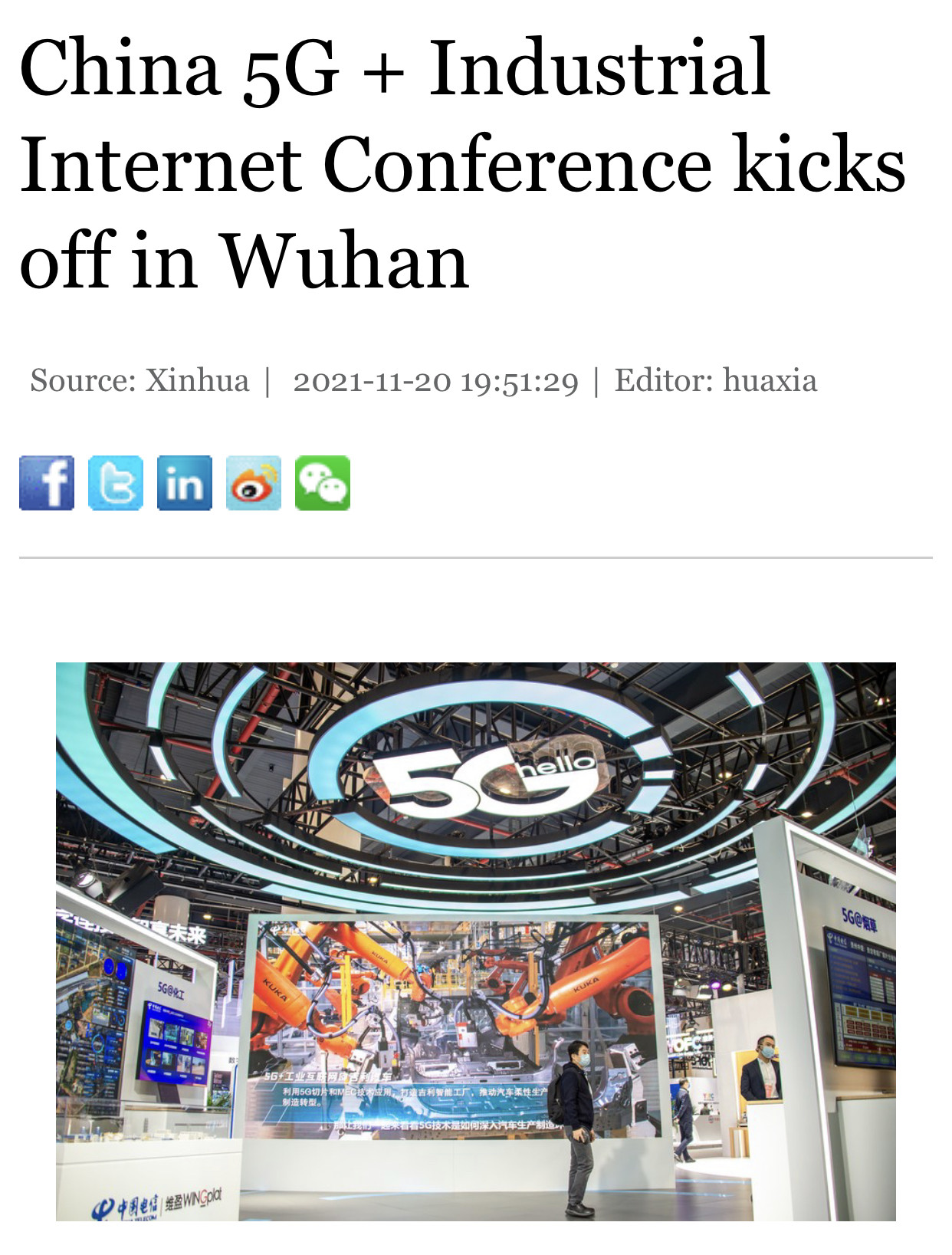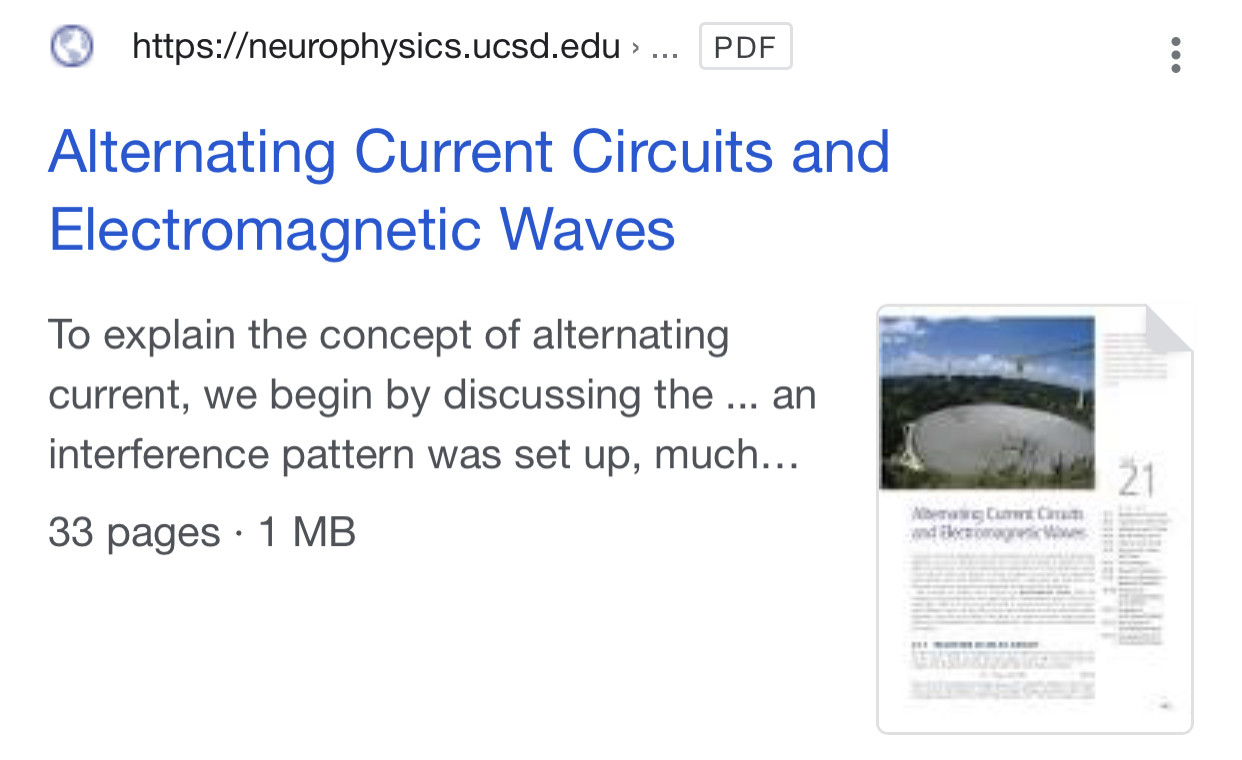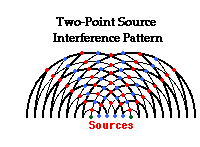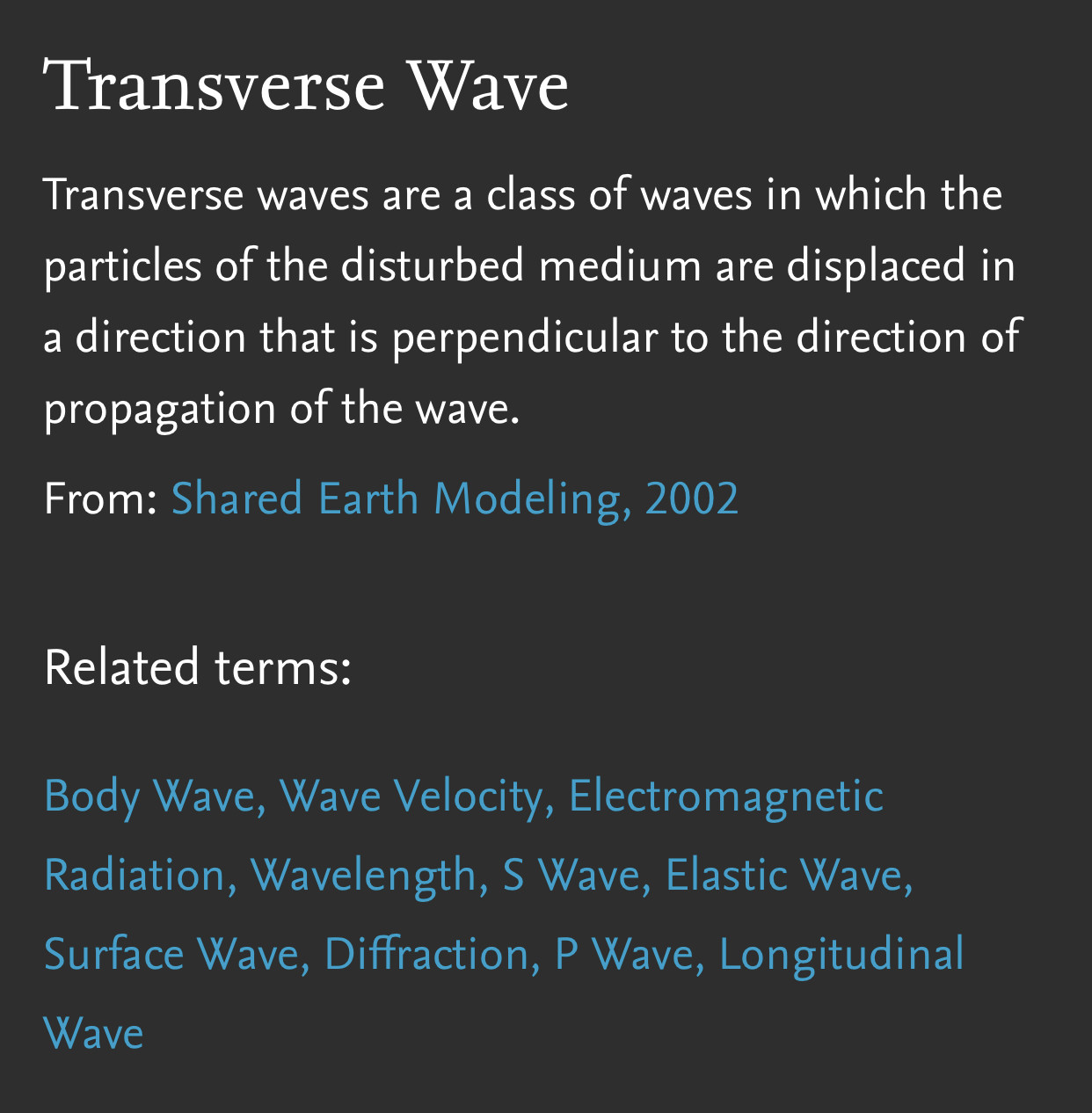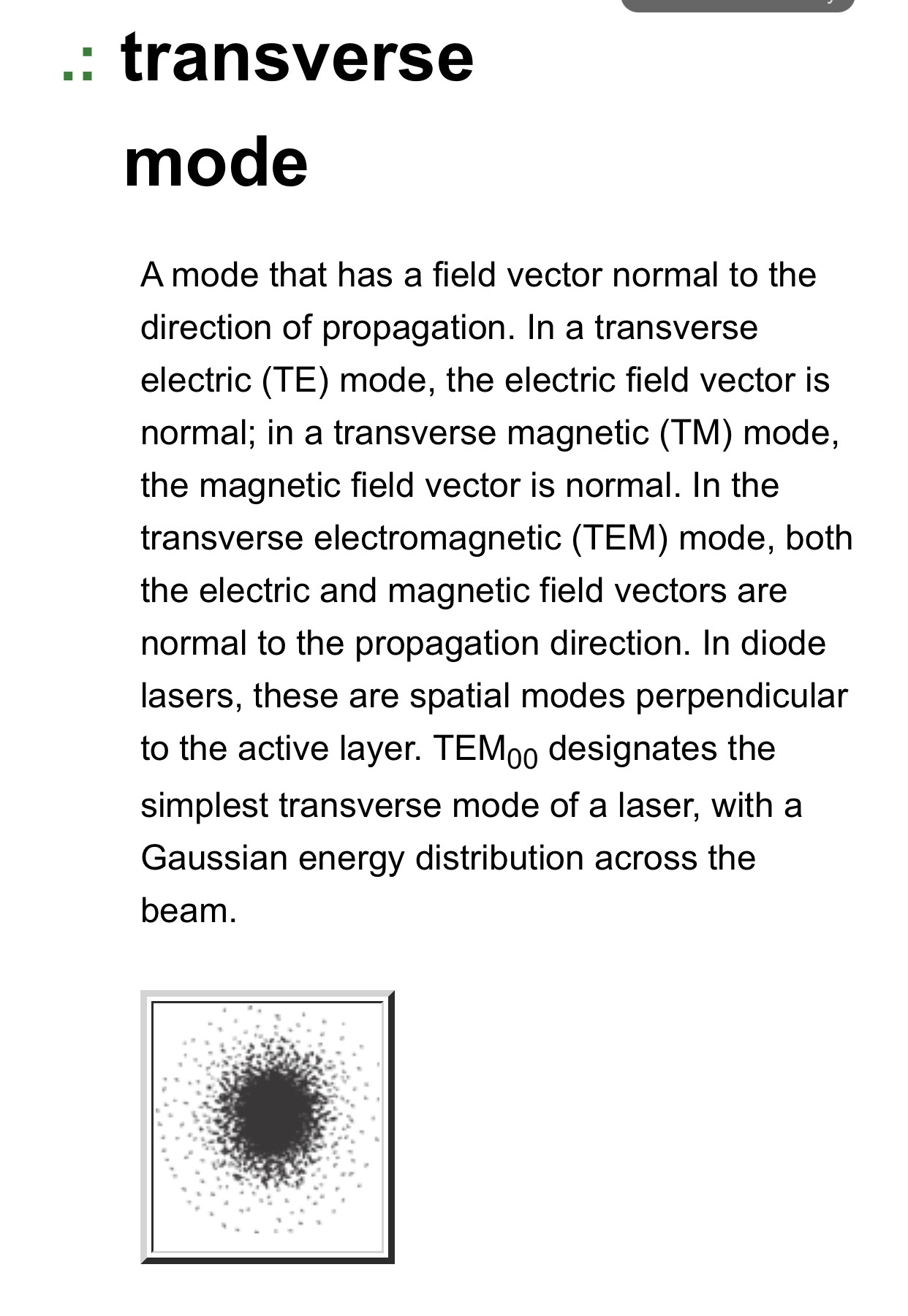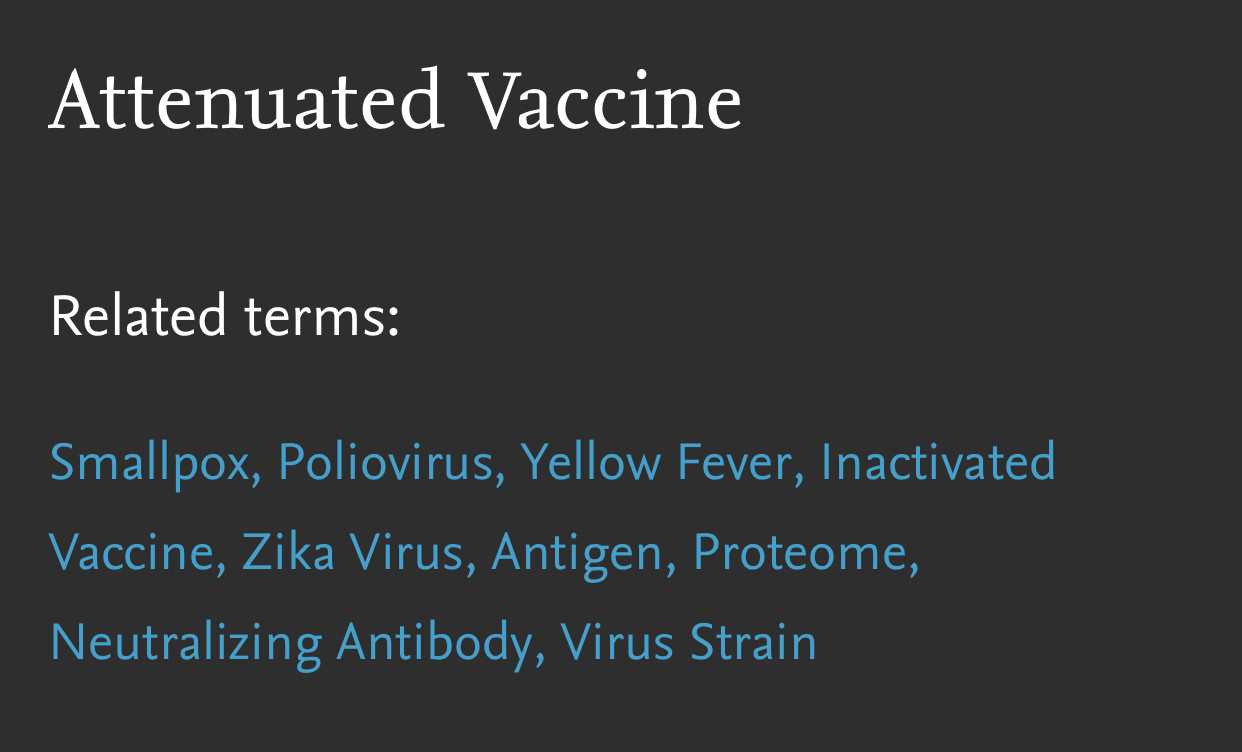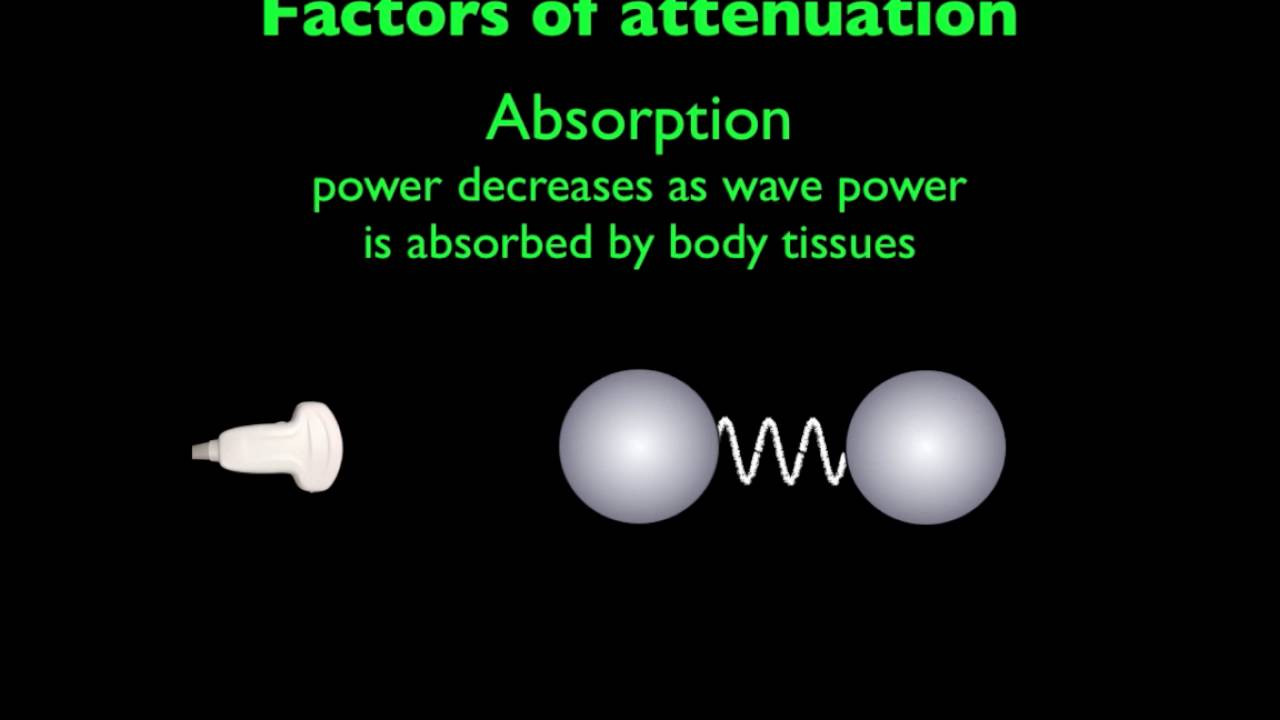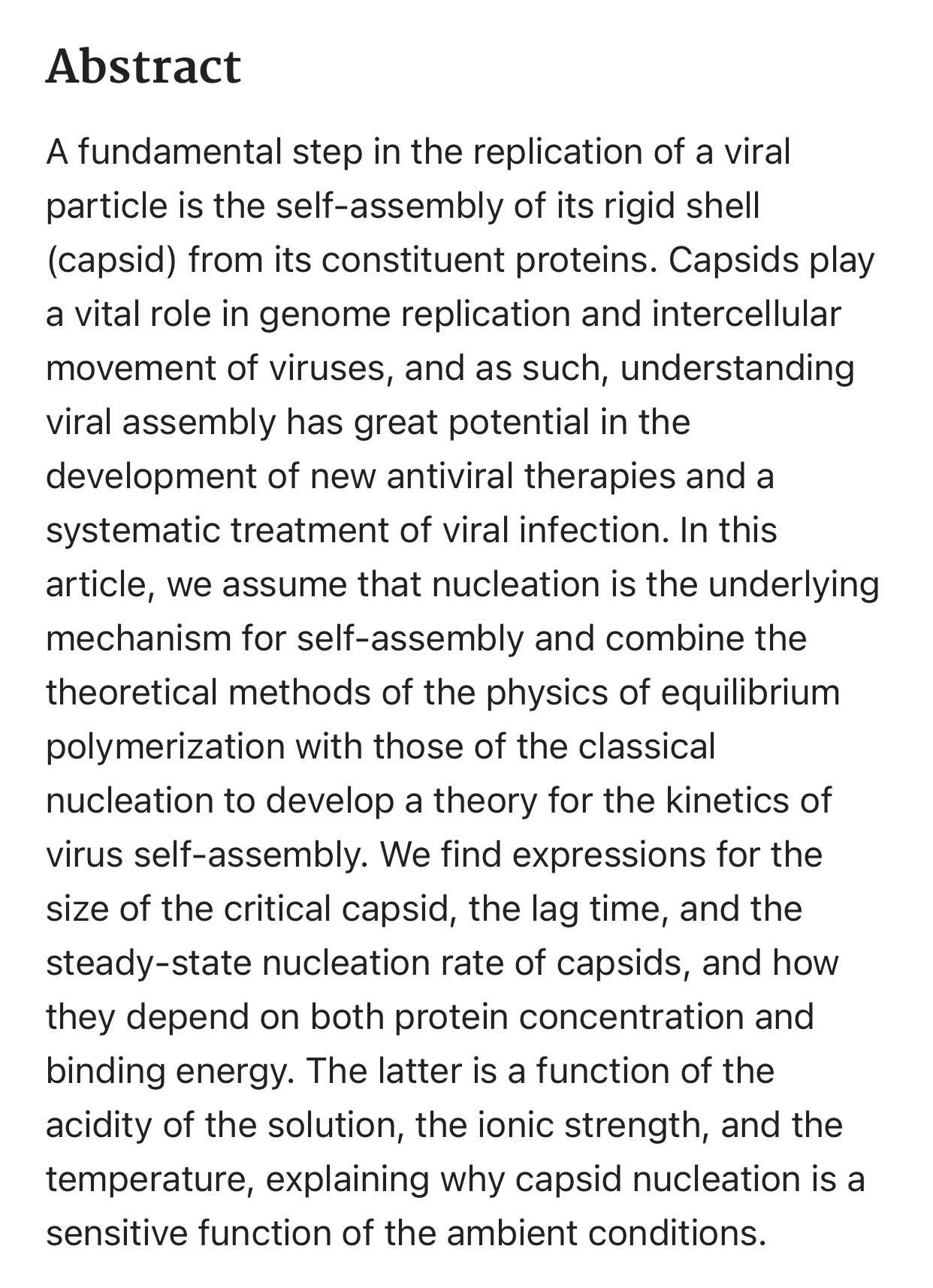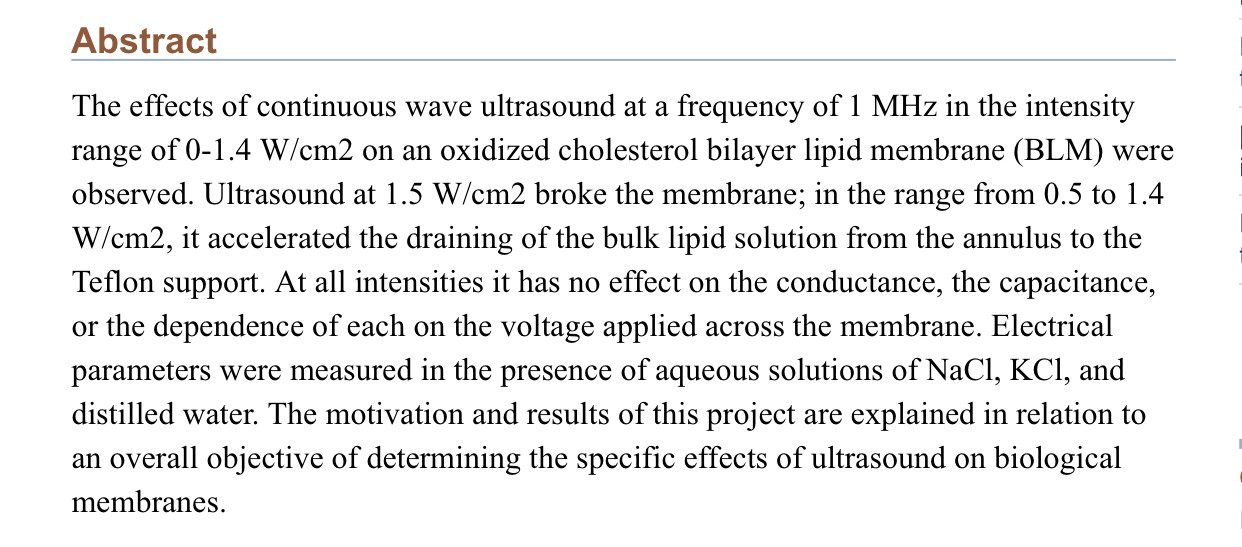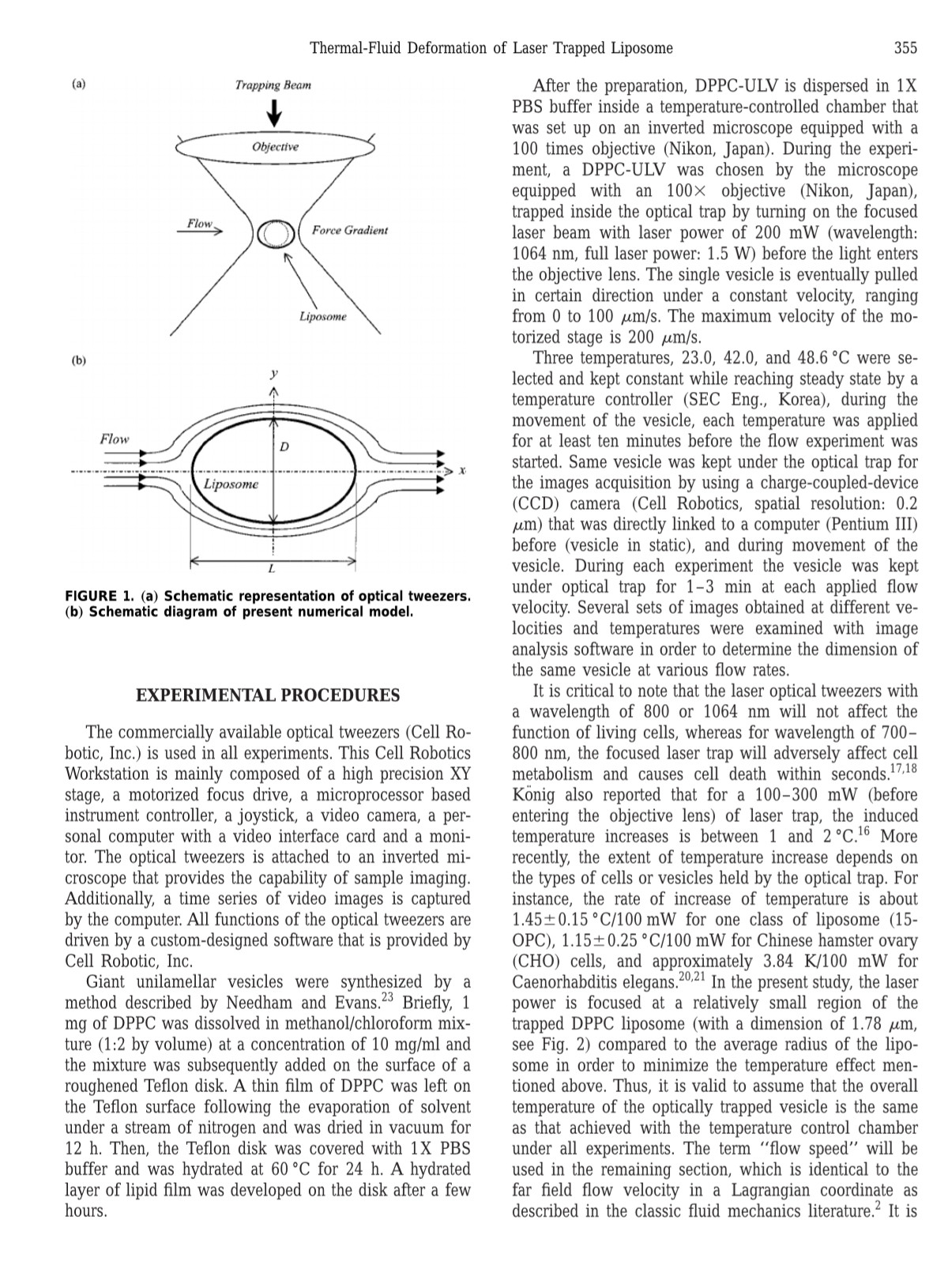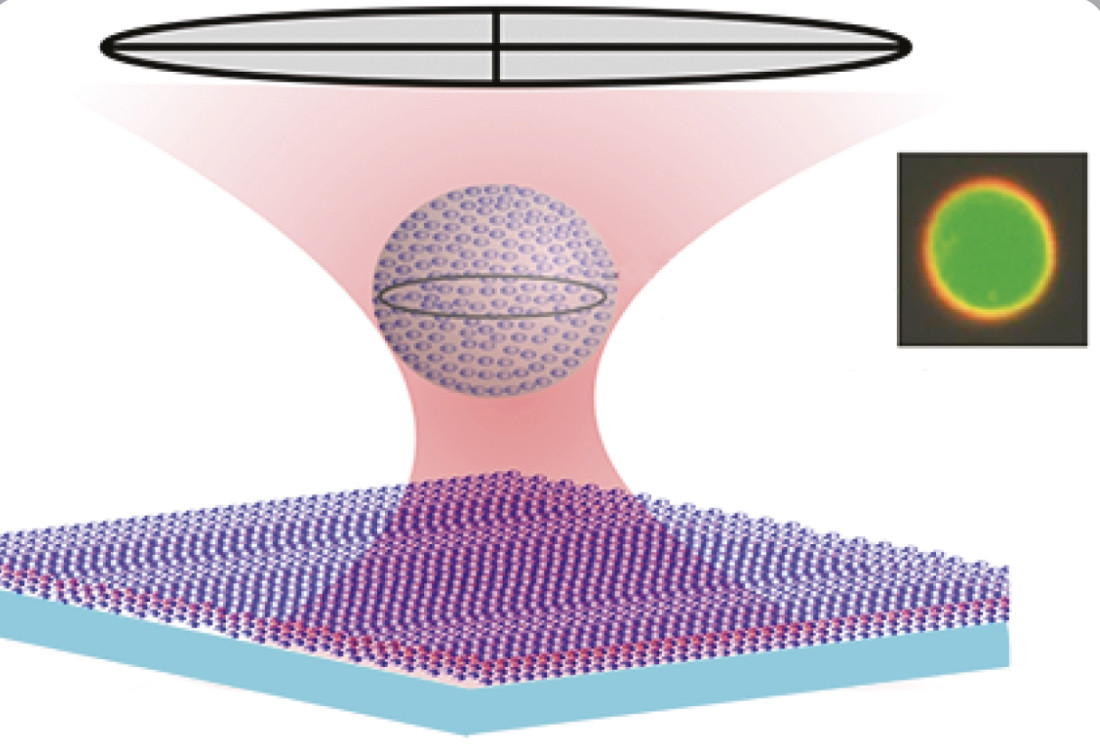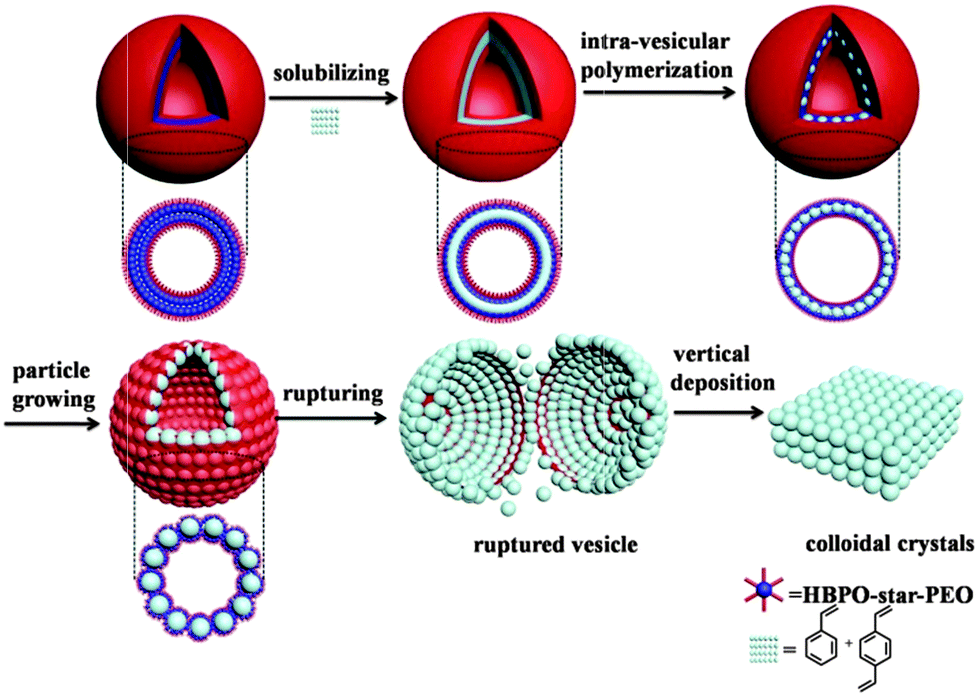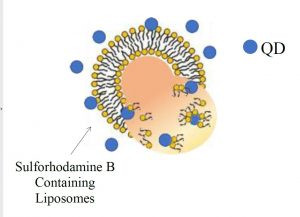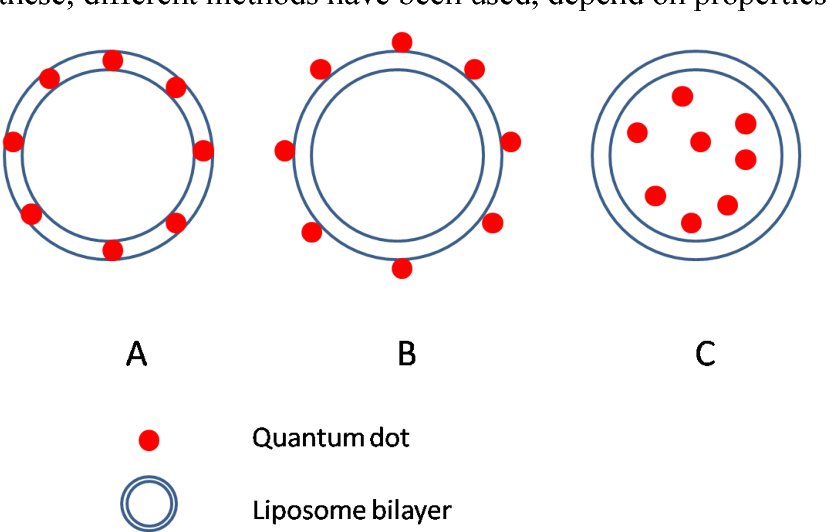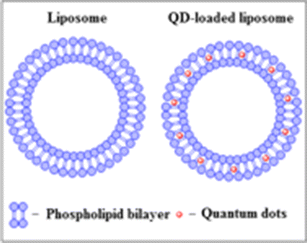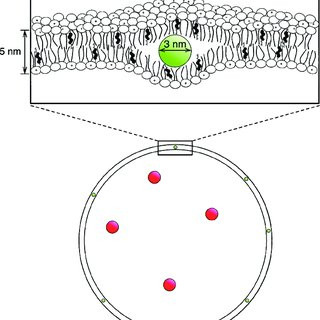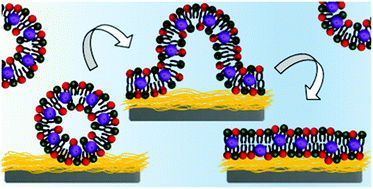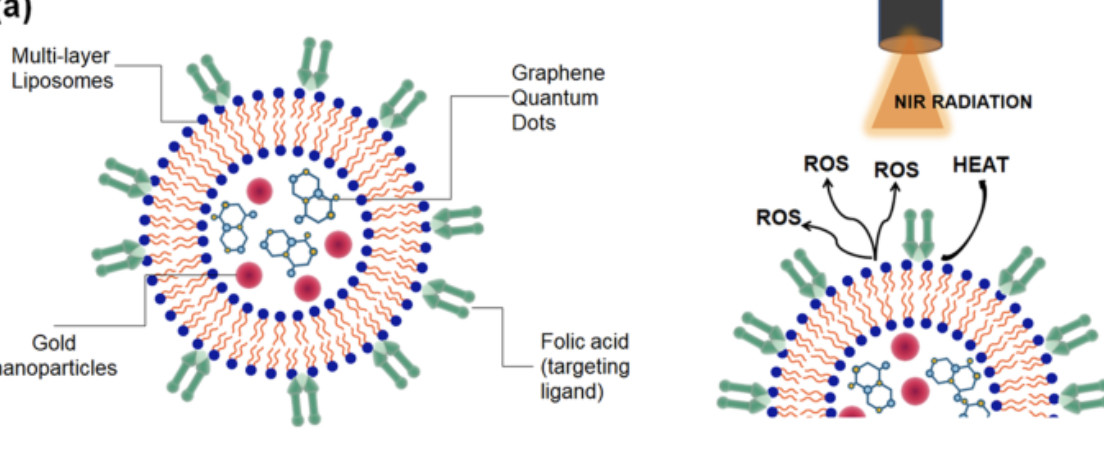QLANDESTINE SOVEREIGN STATESMAN/DIGITAL QOMMANDO SPACE FORCE GOM/Q-ORLEANS QLOSE QOMBAT SQUADRQN LEADER! WWG1WGA-ULTRAMAGA Q+++
Does anyone else notice? That we only get covid numbers from countries that are members of the UN? No coincidence! 🙏❤️🇺🇸🙅
Or Countries with 5G?
QLANDESTINE SOVEREIGN STATESMAN/DIGITAL QOMMANDO SPACE FORCE GOM/Q-ORLEANS QLOSE QOMBAT SQUADRQN LEADER! WWG1WGA-ULTRAMAGA Q+++
I agree. other than China and 5G. Which has always perplexed me. How we havent heard a peep about their COVI numbers since it's release!. Goes to show just how much influence they have over our fake propaganda news outlets? SMH
AC ON FE R EN CE
Nanoscale Heat Transfer from Magnetic Nanoparticles and Ferritin in an Alternating Magnetic Field - ScienceDirect
Recent suggestions of nanoscale heat confinement on the surface of synthetic and biogenic magnetic nanoparticles during heating by radio frequency-alt…
https://www.sciencedirect.com/science/article/pii/S0006349520301016In a transverse wave, particles of the medium vibrate up and down perpendicular to the direction of the wave. In a longitudinal wave, particles of the medium vibrate back and forth parallel to the direction of the wave.
Scanning in transverse planes means that the ultrasound beam is entering the body from either an anterior, posterior, or lateral direction and that the anatomic portion of body structures being visualized from that particular direction are: • Beam entering from an anterior or posterior direction: • Anterior.
A transverse mode of electromagnetic radiation is a particular electromagnetic field pattern of the radiation in the plane perpendicular (i.e., transverse) to the radiation's propagation direction. Transverse modes occur in radio waves and microwaves confined to a waveguide, and also in light waves in an optical fiber and in a laser's optical resonator.
Transverse modes occur because of boundary conditions imposed on the wave by the waveguide. For example, a radio wave in a hollow metal waveguide must have zero tangential electric field amplitude at the walls of the waveguide, so the transverse pattern of the electric field of waves is restricted to those that fit between the walls. For this reason, the modes supported by a waveguide are quantized. The allowed modes can be found by solving Maxwell's equations for the boundary conditions of a given waveguide.
An optical cavity, resonating cavity or optical resonator is an arrangement of mirrors that forms a standing wave cavity resonator for light waves. Optical cavities are a major component of lasers, surrounding the gain medium and providing feedback of the laser light. They are also used in optical parametric oscillators and some interferometers. Light confined in the cavity reflects multiple times, producing standing waves for certain resonance frequencies. The standing wave patterns produced are called modes; longitudinal modes differ only in frequency while transverse modes differ for different frequencies and have different intensity patterns across the cross-section of the beam.
Different resonator types are distinguished by the focal lengths of the two mirrors and the distance between them. Flat mirrors are not often used because of the difficulty of aligning them to the needed precision. The geometry (resonator type) must be chosen so that the beam remains stable, i.e. the size of the beam does not continually grow with multiple reflections. Resonator types are also designed to meet other criteria such as minimum beam waist or having no focal point (and therefore intense light at that point) inside the cavity.
Optical cavities are designed to have a large Q factor; a beam will reflect a very large number of times with little attenuation. Therefore, the frequency line width of the beam is very small indeed compared to the frequency of the laser.
(transitive, medicine) To reduce the virulence of a bacterium or virus.
(transitive, electronics) To reduce the amplitude of an electrical, radio, or optical signal.
attenuate (third-person singular simple present attenuates, present participle attenuating, simple past and past participle attenuated)
Sonocrystallization involves the application of ultrasound energy to control the nucleation and crystal growth of a crystallization process.
Optical tweezers can be used to manipulate droplets, vesicles and vesicle membranes, as shown in the example of a sucrose-filled giant unilamellar vesicle (GUV) in Fig. 18.1. In fact, just like with solid particles, it is possible to transport and release droplets and vesicles. Differently from solid particles, though, droplets and vesicles can be brought together and made to coalesce into larger droplets and vesicles in a process where their contents get mixed.
By doing so, it is possible to use droplets and vesicles as movable reaction vessels containing tiny amounts of desired reagents for combinatorial chemistry studies using ultrasmall (in the femtolitre range) volumes. These mechanical manipulations can then be coupled to spectroscopic probing techniques in order to measure and understand mixing and coalescence processes as they happen, in real time. In this Chapter, we will review progress in experiments regarding the fusion of droplets and vesicles, the spectro- scopic study of the resulting chemical mixing processes and also the action of optical trapping on the encapsulating vesicle membrane itself.
18.1 Liquid droplets
18.2 Vesicle and membrane manipulation
18.3 Vesicle fusion

